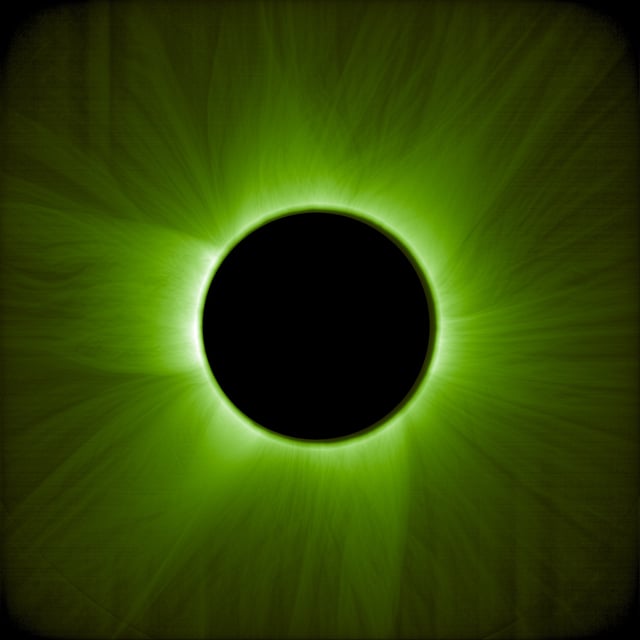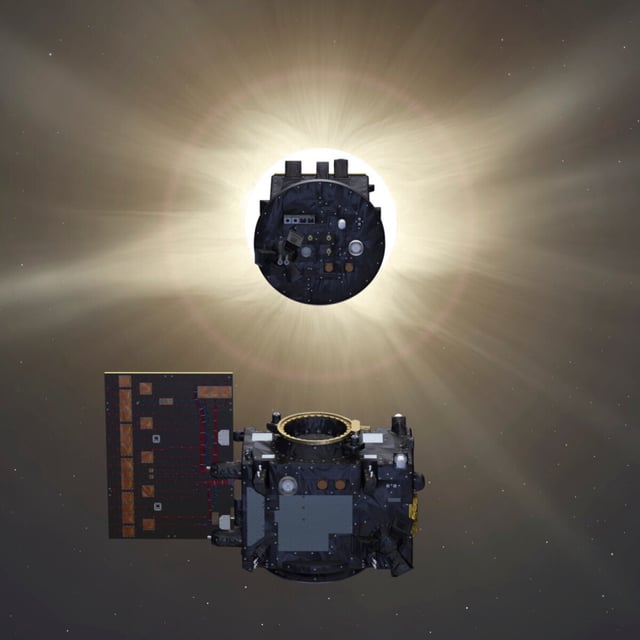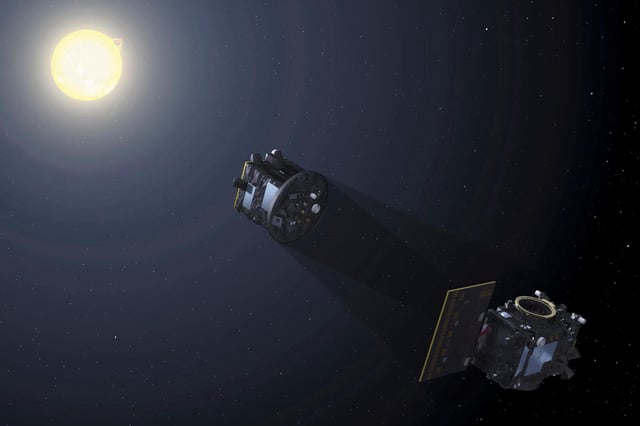Overview
- Proba-3’s twin satellites performed the first artificial total solar eclipse in orbit, capturing unprecedented images of the sun’s corona without relying on a natural eclipse window.
- The Occulter and Coronagraph spacecraft maintain a 150-metre separation with millimetre-level precision, aligning a 1.4-metre disc to cast an 8-centimetre shadow onto the coronagraph’s ASPIICS instrument.
- The mission can produce an artificial eclipse every 19.6 hours and sustain totality for up to six hours, vastly exceeding the few-minute duration of terrestrial eclipses.
- Equipped with ASPIICS, a digital absolute radiometer and a 3D energetic electron spectrometer, Proba-3 is gathering data on coronal structure, solar irradiance and charged particles to advance space weather science.
- In its commissioning phase, Proba-3’s team is refining formation flying to extend eclipse durations and integrate the new coronal observations into computer models for improved solar activity forecasting.


